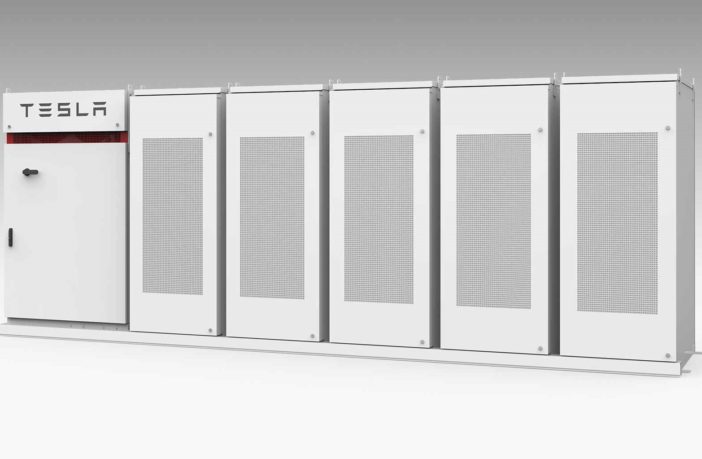Utility scale base load energy production from renewable technologies is not only a reality but also financially viable, thanks to Elon Musk. Tesla recently completed the installation of its massive 100 MW/129 MWh Powerpack system at the Hornsdale Wind Farm near Jamestown, Australia. True to his word, Musk promised it within 100days and delivered.
Energy Ministers in Africa tend to shy away from renewables citing the technology only provides variable load production to their limited and often fragile grid infrastructure. This myth is now dispelled.
In the case of the Hornsdale Wind Farm, the Tesla Powerpack system will charge using wind power and deliver electricity during peak hours to help shift demand away from a stressed grid. The batteries will provide enough power for more than 30,000 homes. The battery storage units were designed to reduce power shortages, minimize intermittencies, and manage summertime peak load to improve the reliability of South Australia’s electrical infrastructure. In other words, the system complements and stabilises the existing grid infrastructure.
The cost of energy in most African countries is right up there with first world countries making utility scale battery technology a viable option. In the USA consumers pay an average of US12 cents p/ kWh for electricity. Australians pay around US20 cents p/ kWh depending on which state you live in. The average tariff in Kenya is currently US16 cents p/ kWh while Ugandans are charged around US18 cents p/ kWh. It must be mentioned that the supply of electricity in Africa is generally unreliable – there are regular power outages.
Battery technology is moving at a remarkable pace in the renewables’ sector. Some industrial size battery banks now offer deep, unlimited cycling over an extended life, which is equivalent to the life of a wind or solar farm at 20 years. Improved efficiencies in production are also bringing costs down.
As time passes, utility scale renewable energy production with battery bank technology will become more and more financially viable. Ultimately it will present a lower cost per kWh to the consumer compared to coal and nuclear, if it does not already. The advancing technology can also provide broader grid coverage plus grid stability.
Energy Ministers in Africa would be foolish not to include base load renewable energy production in their energy mix going forward.
Author: Bryan Groenendaal











